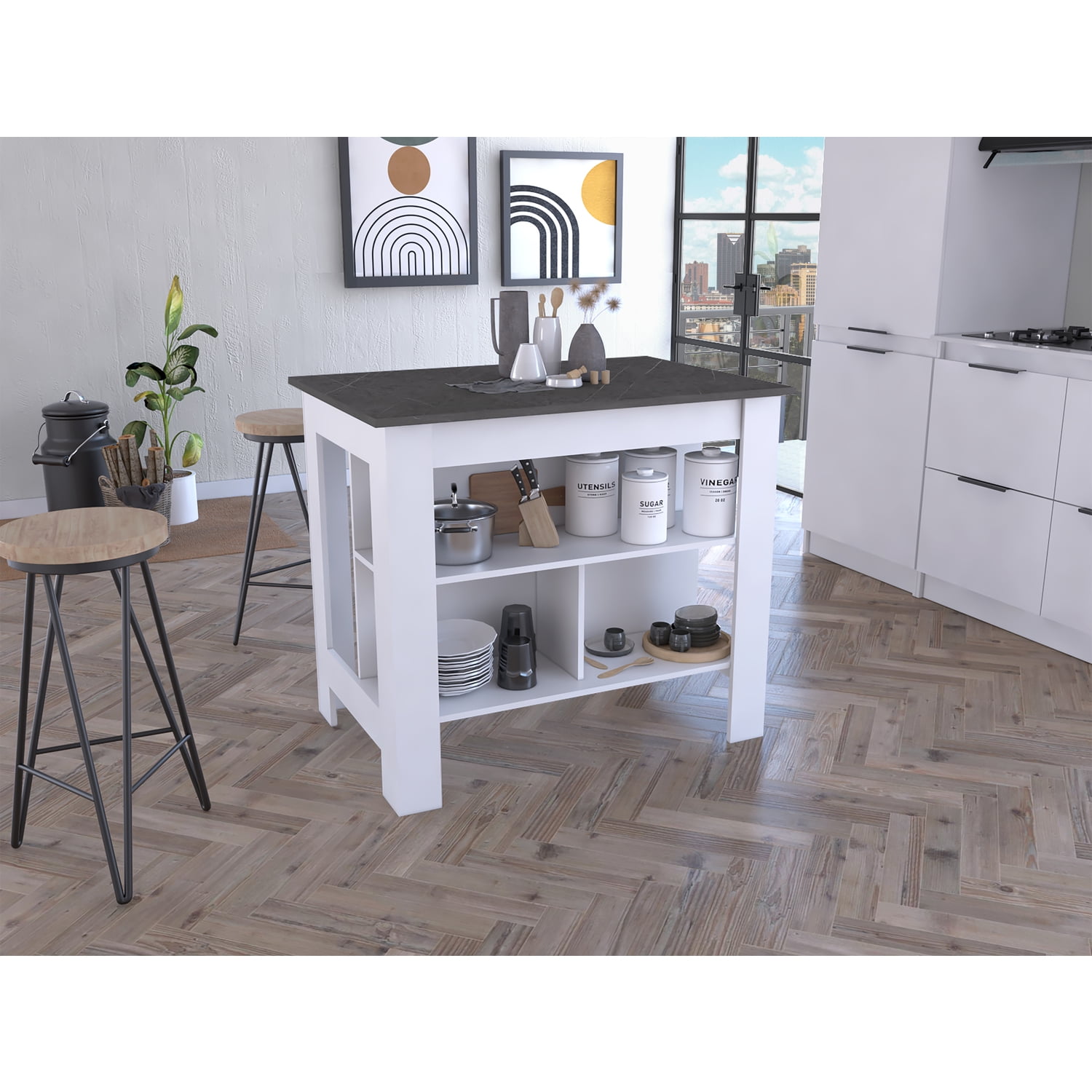Crucial Aspects to Consider When Selecting Legs For Cooking Area Island
Choosing the ideal legs for a kitchen area island entails a careful analysis of multiple aspects that can significantly influence both capability and aesthetic charm. As we discover these elements, it becomes clear that each decision can have far-ranging implications for the general cooking area experience.
Material Options
When selecting legs for a kitchen area island, recognizing the various material alternatives is essential for accomplishing both visual allure and structural integrity (Legs For Kitchen Island). The option of product significantly influences not only the longevity of the island but likewise its general layout and functionality
Steel legs, usually made from stainless steel or functioned iron, add a commercial and modern-day feeling while making certain longevity and security. These products are immune to use and can support substantial weight, making them perfect for larger islands.
One more choice is engineered materials, like MDF or plywood, which can be more cost-effective while still offering a series of coatings. Nonetheless, they might not offer the same degree of security as solid wood or steel. Products such as acrylic or glass can produce a contemporary appearance, though they may call for extra support to make certain stability.
Ultimately, the option of product for kitchen island legs should line up with the desired capability and the general motif of the kitchen area.
Design And Style

When taking into consideration design, the form and coating of the legs are critical. Tapered legs can provide a sense of lightness and elegance, while thicker, more robust legs can share toughness and security. In addition, the coating-- be it repainted, discolored, or natural-- ought to complement the cabinetry and countertop products to develop a unified appearance.
Additionally, the style of the legs can likewise reflect personal preference. Personalized or attractive legs, such as those featuring elaborate carvings or unique geometric forms, can offer as focal points, adding personality and individuality to the kitchen area. Ultimately, the right selection will certainly not only boost capability however likewise elevate the visual charm, making the kitchen island a standout attribute of the home.
Height Considerations
Selecting the ideal height for kitchen area island legs is vital, as it straight impacts both capability and comfort. The standard height for a cooking area island generally varies from 36 to 42 inches, aligning with typical kitchen counter elevations.

It is additionally important to represent users' elevations and preferences. Customizing the elevation can make sure a comfortable experience for all household members, making the kitchen island an extra useful and satisfying space.
Weight Assistance
Guaranteeing adequate weight assistance for kitchen area island legs is essential for both security and functionality. The kitchen area island frequently offers multiple objectives, including food prep work, eating, and extra storage space, necessitating a durable support structure. When picking legs, it is important to take into consideration the general weight ability required based upon the island's planned use and the products that will certainly be put on it.
The Bonuses selection of material for the legs plays a considerable role in their weight-bearing abilities. Strong wood, metal, and sturdy composites typically give remarkable toughness compared to lighter materials. Furthermore, the layout of the legs-- whether they are straight, tapered, or have a pedestal type-- can affect their ability to distribute weight properly across the structure.
Always consult the producer's specifications concerning tons limits to guarantee that the legs can sustain the intended weight without compromising safety and security. In recap, picking cooking area island legs with appropriate weight support is vital for producing a safe and functional culinary space.
Installation and Upkeep
Appropriate installment and upkeep of kitchen area island legs are crucial for ensuring longevity and security. To begin, it is important to follow the supplier's standards during installment. This commonly includes securing the legs to the space station utilizing appropriate bolts, guaranteeing that the legs are degree and lined up. Utilizing a degree tool can aid stop wobbling visit this site right here and boost the general visual charm of the kitchen island.
When installed, routine upkeep is required to maintain the integrity and look of the legs - Legs For Kitchen Island. For wood legs, regular cleansing with a damp fabric and application of ideal wood polish can protect against moisture damages and maintain their surface. Steel legs might require a gentle cleansing solution to eliminate oil and crud, followed by a completely dry towel to avoid rust development
Furthermore, evaluate the legs routinely for indications web link of wear or damage, such as fractures or loosened joints. Tightening up screws or screws as required can additionally lengthen the lifespan of the legs. By adhering to these installation and maintenance practices, property owners can make sure that their cooking area island continues to be tough and aesthetically appealing for several years ahead.
Verdict

Visual comprehensibility is critical in choosing the design and layout of legs for a cooking area island, as these elements significantly influence the general atmosphere of the room. Conical legs can provide a sense of lightness and beauty, while thicker, a lot more durable legs can communicate toughness and security.Picking the ideal elevation for cooking area island legs is important, as it straight impacts both functionality and comfort. In recap, selecting cooking area island legs with adequate weight support is essential for creating a functional and secure cooking room.
In verdict, picking legs for a kitchen area island requires cautious consideration of various factors, consisting of product alternatives, style, height, weight support, and installment.